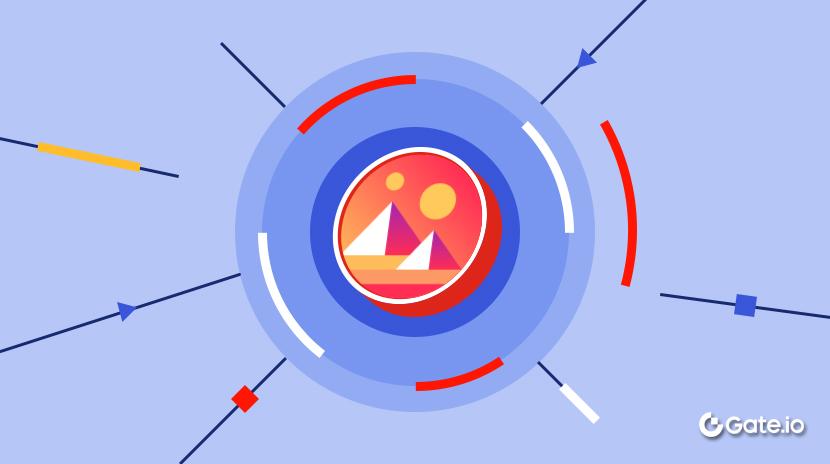O Paradoxo do DAO: Promessa Descentralizada, Realidade Centralizada
Encaminhar o Título Original 'Quais Insights os DAOs Escondem?'
Passei muito tempo explorando os tesouros, estruturas de governança e padrões de votação da DAO. Os números parecem impressionantes à primeira vista:
- 50.845 DAOs,
- $24.3B em tesouros totais,
- e 11.8M detentores de tokens de governança.
Alguns DAOs estão acertando. Outros estão aprendendo da maneira difícil que um tesouro grande sozinho não garante sucesso a longo prazo.
Mas, além da superfície, os dados revelam insights importantes sobre como as DAOs funcionam, onde se destacam e onde os desafios permanecem - dados cruciais para tomar decisões de investimento sólidas. Portanto, entende, para onde as DAOs vão a partir daqui depende de como elas se adaptam a essas ineficiências estruturais.
A versão completa deste artigo, que inclui uma lista de fatores-chave a considerar ao explorar DAOs, éexclusivamente disponível no meu Substack.
Certifique-se de se inscrever para receber novas pesquisas em sua caixa de entrada e apoiar o meu trabalho.
Tamanho do Tesouro vs. Eficiência do Tesouro
Vejo pessoas ostentando saldos do tesouro DAO o tempo todo. Uniswap tem $3.9B, Mantle $3.6B e Optimism $2.2B. Mas um tesouro grande não é o mesmo que uma alocação de capital eficaz.
$21.4B em fundos do DAO estão líquidos, mas $2.9B estão bloqueados em ações, o que significa que não podem ser usados ativamente.

De acordo comestatísticas pelo DeepDAO, Os fundos do protocolo ($4.6B) superam em muito os fundos do projeto ($1.1B), o que nos diz que a maior parte do capital está focada na infraestrutura, em vez do crescimento direto do ecossistema.
Embora os DAOs gerenciem coletivamente bilhões em fundos do tesouro, o verdadeiro desafio está em implantar esses recursos de forma eficiente. Uma parte significativa dos fundos do tesouro é categorizada em fundos de protocolo e fundos de projeto, cada um servindo propósitos distintos.
Fundos de protocolo, que geralmente dominam as alocações do tesouro, são reservadopara manter e melhorar a infraestrutura central, segurança e atualizações de governança de uma rede. Por exemplo, @Polkadotdireciona parte de seu tesouro para segurança de parachain, aprimoramentos de interoperabilidade como XCM e melhorias de ferramentas de governança, todos os quais fortalecem a base do protocolo.
Por outro lado, os fundos do projeto estão focados no crescimento do ecossistema, subsídios, parcerias e iniciativas comunitárias. Esses fundos impulsionam a adoção e incentivam a participação. Programas como @Optimism's Financiamento Retroativo de Bens Públicos (RetroPGF) exemplificam essa categoria, distribuindo milhões em subsídios para desenvolvedores e pesquisadores que contribuem para o crescimento da rede.
A Realidade da Governança DAO
A governança da DAO deveria colocar o poder nas mãos de muitos. Em vez disso, em muitos casos, um pequeno subconjunto de carteiras ainda controla a maioria das decisões importantes.
G-ScoreA métrica da DeepDAO classifica os participantes do DAO com base em sua atividade de votação, elaboração de propostas e governança em vários DAOs. Ela rastreia mais de 10 milhões de endereços de blockchain, dando mais peso à atividade recente para refletir melhor a influência atual.
O G-Scoreclassificaçãorevela que um pequeno grupo de carteiras consistentemente ocupa as primeiras posições em termos de influência de voto em vários DAOs.

Principais observações:
- A carteira mais bem classificada (alex-4135.eth) faz parte de 48 DAOs, lançou 3.560 votos, mas não fez uma única proposta, sugerindo que a influência está centralizada entre os eleitores repetidos em vez de participantes ativos na governança.
- Os 10 principais wallets têm coletivamente mais de 20.000 votos, no entanto, a maioria não tem propostas, indicando que o poder está nas mãos de algumas entidades de votação ativas em vez de uma governança ampla impulsionada pela comunidade.
- A maioria dessas principais carteiras (99,99% de G-score relativo) sugere que uma pequena fração dos participantes detém uma influência de voto desproporcional em vários DAOs.
- Algumas carteiras participam em mais de 100 DAOs, sinalizando que a governança não é necessariamente orientada pela comunidade, mas muitas vezes dominada por delegados repetidos ou baleias da governança.

Embora os DAOs prometam tomadas de decisão descentralizadas, possuir um token de governança não garante participação ativa.
No último mês, foram adquiridos 124,6 mil novos tokens de governança, mas apenas 6 mil novos eleitores e proponentes se envolveram na governança. Isso se traduz em uma taxa de participação na governança de apenas 4,82%, destacando uma grande lacuna entre a posse de tokens e o envolvimento real na tomada de decisões.
Portanto, ter um token de governança não significa ter influência. Muitos detentores de tokens não votam porque:
- Eles não acreditam que seu voto fará diferença.
- Eles não têm tempo para acompanhar cada proposta.
- Eles preferem delegar a tomada de decisões a alguns jogadores-chave.
A delegação é útil, mas também concentra poder. Aqui é onde os DAOs precisam se adaptar, seja através de votação baseada em reputação, modelos quadráticos ou outros mecanismos que equilibrem o engajamento com a eficiência.

Isenção de responsabilidade:
- Este artigo foi reproduzido de [X]. Encaminhe o título original'Que insights as DAOs escondem?'. Todos os direitos autorais pertencem ao autor original [@stacy_muur]. Se houver objeções a esta reedição, entre em contato com oGate Learnequipe e eles vão cuidar disso prontamente.
- Isenção de Responsabilidade: As opiniões expressas neste artigo são exclusivamente do autor e não constituem qualquer conselho de investimento.
- As traduções do artigo para outros idiomas são feitas pela equipe Gate Learn. Salvo menção em contrário, copiar, distribuir ou plagiar os artigos traduzidos é proibido.
Artigos Relacionados
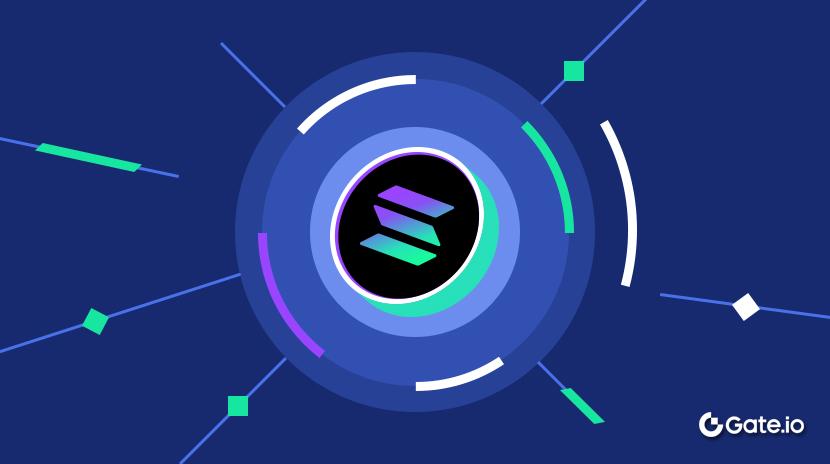
O que é Solana?
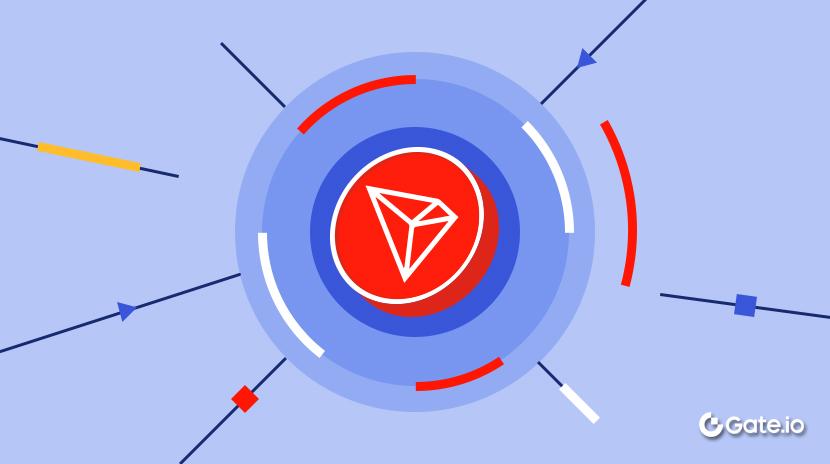
O que é TRON?
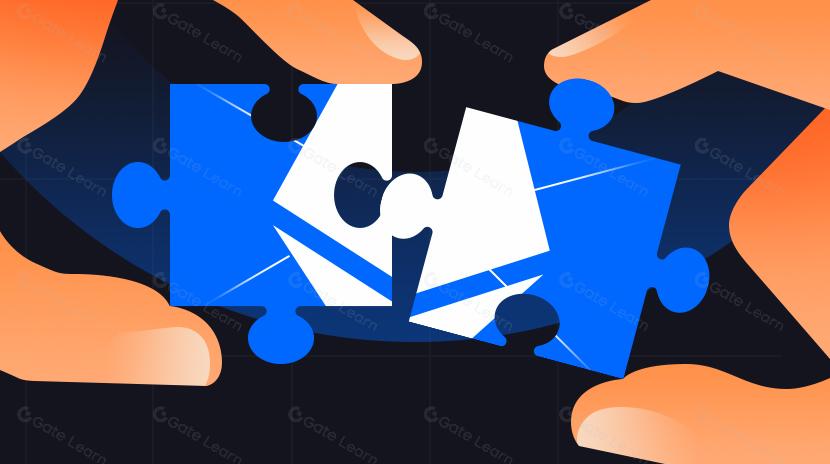
O que é a fusão?

Quais são as principais stablecoins?
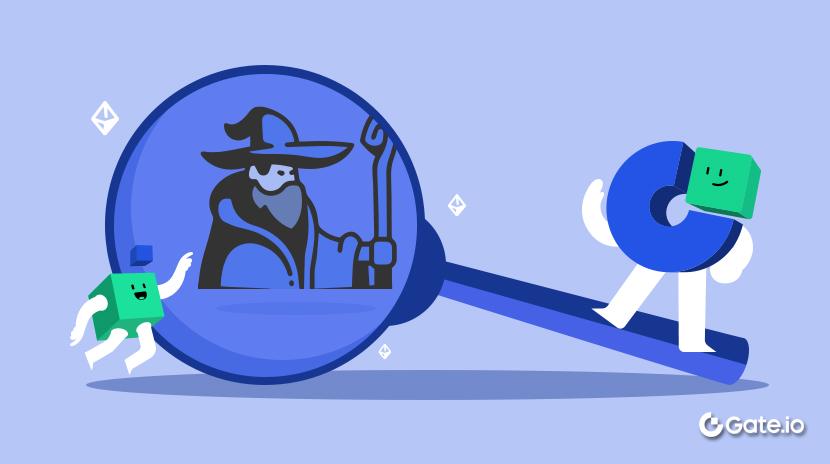
O que é Loot?
